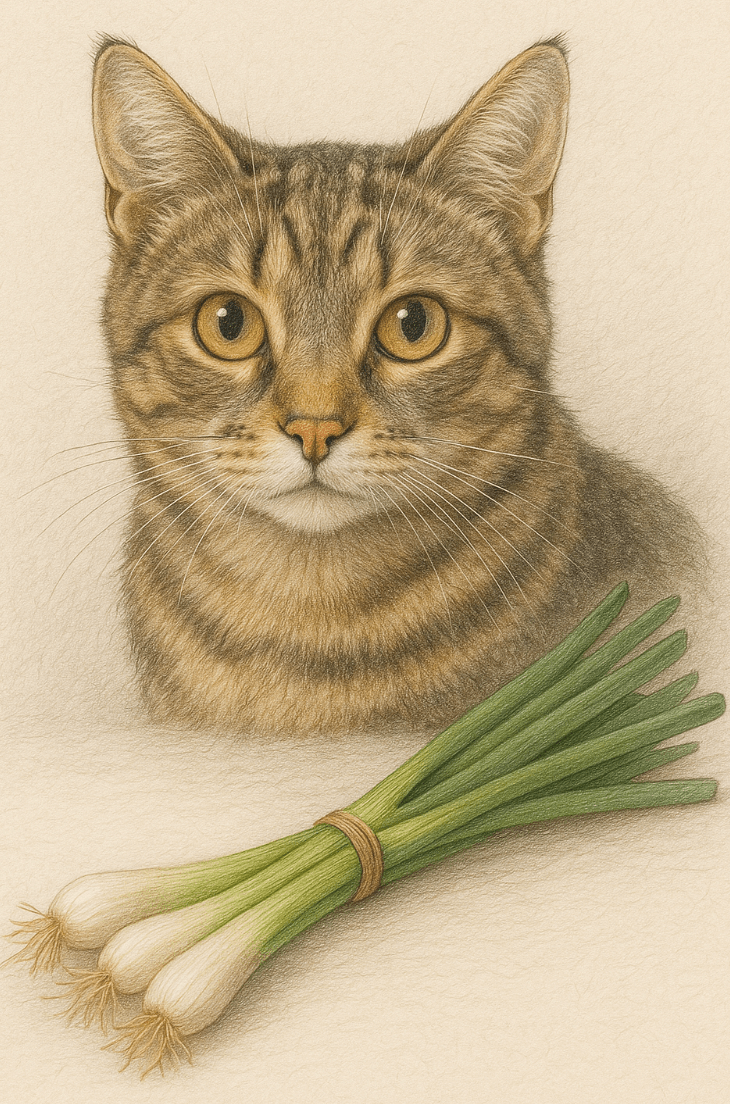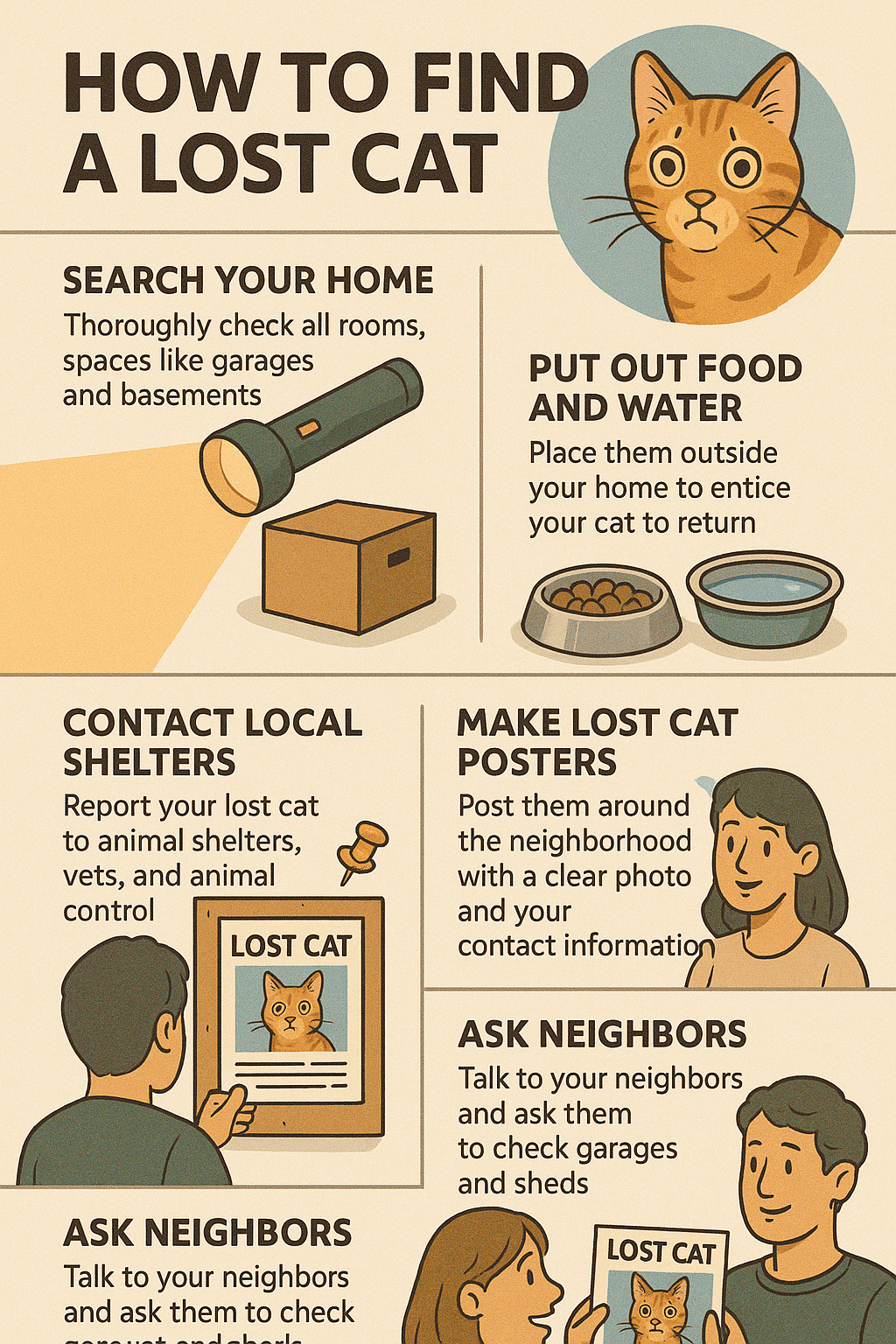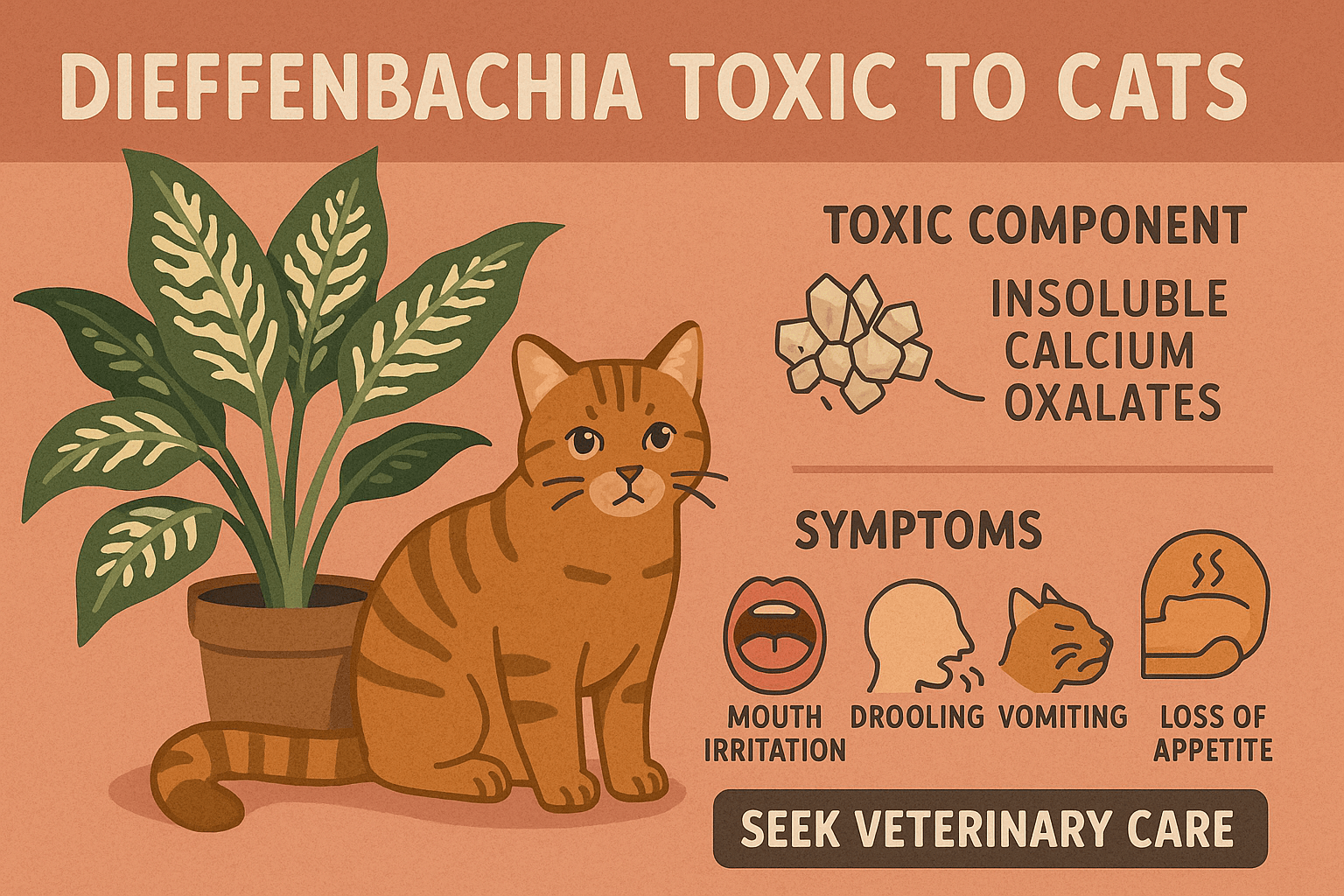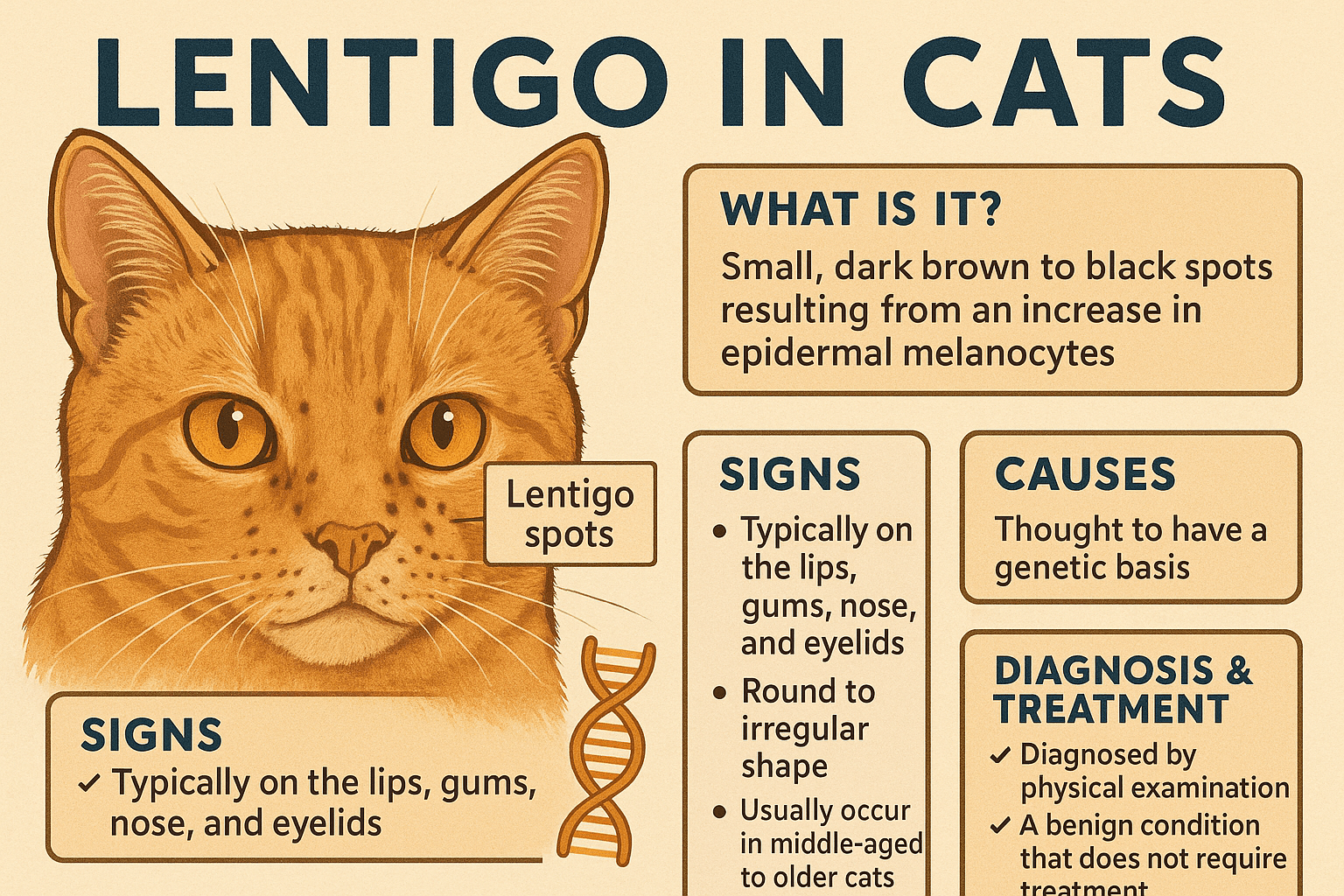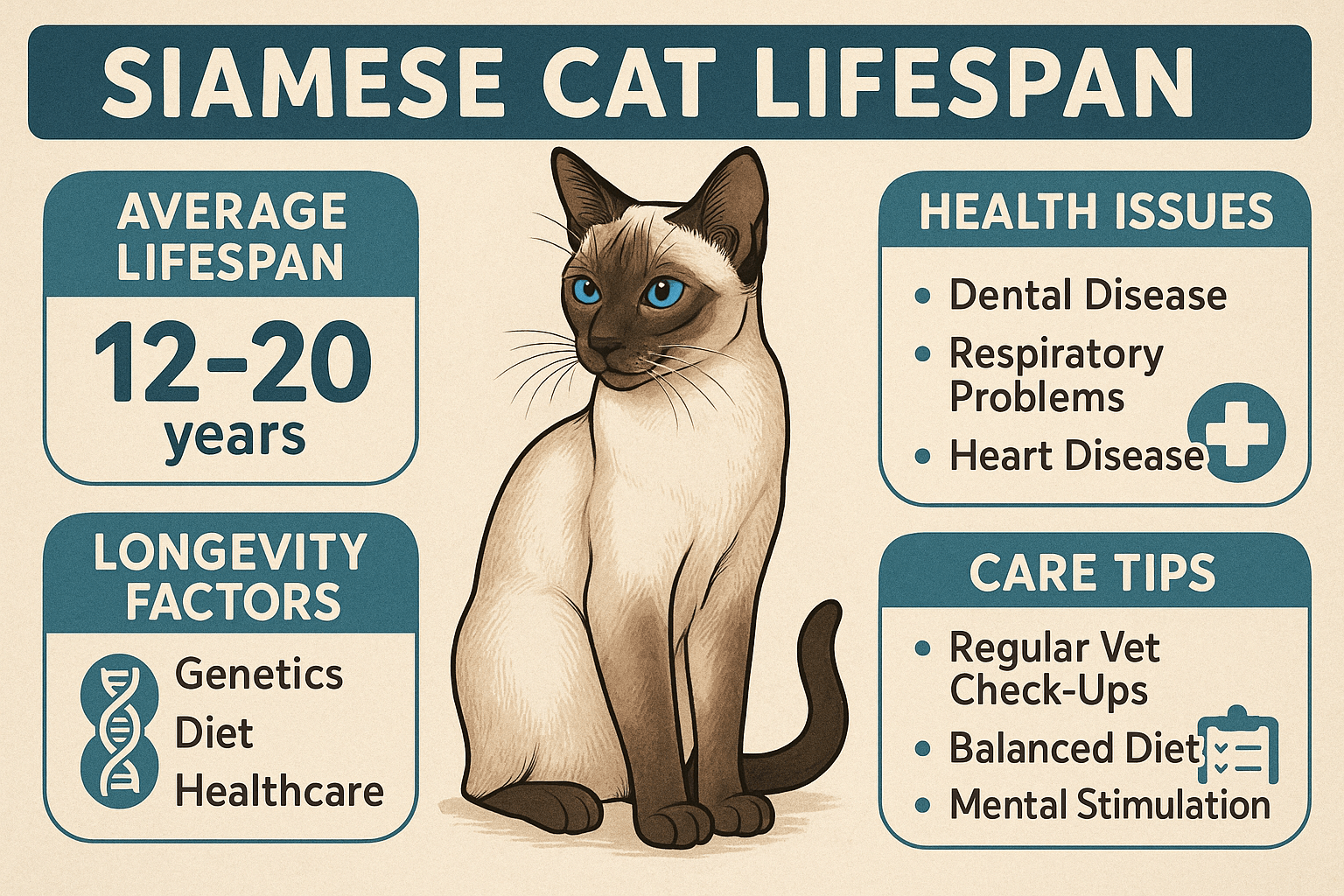Can Cats Eat Scallions? What You Need to Know
As a cat owner, you may have wondered whether your feline friend can safely nibble on scallions or other green vegetables. After all, cats are curious creatures, and they often show interest in the foods we eat. However, not everything that’s safe for humans is safe for cats. Scallions, also known as green onions, fall into a category of foods that require careful consideration when it comes to feline consumption. In this blog post, we’ll explore whether cats can eat scallions, the potential risks involved, and safer alternatives to keep your furry companion healthy and happy.
Why Scallions Are Harmful to Cats
Scallions may seem harmless, but they contain compounds that can be toxic to cats. Understanding why these vegetables are dangerous is essential for keeping your pet safe.
Thiosulfates and Other Compounds:
Scallions contain thiosulfates, which can damage a cat’s red blood cells, leading to anemia or difficulty breathing.Gastrointestinal Upset:
Even small amounts of scallions can cause vomiting, diarrhea, and abdominal pain in cats.Kidney Damage Risk:
Long-term exposure to scallions or related vegetables like onions and garlic can harm a cat’s kidneys over time.Weakness and Lethargy:
Cats exposed to scallions may exhibit signs of weakness, lethargy, or reluctance to move due to oxygen deprivation caused by damaged red blood cells.Cumulative Toxicity:
The harmful effects of scallions can build up over time, even if consumed in small quantities repeatedly.
Given these risks, it’s clear that scallions should never be part of a cat’s diet. Always prioritize their health by avoiding potentially toxic foods.
Symptoms of Scallion Poisoning in Cats
If your cat accidentally ingests scallions, it’s important to recognize the symptoms early so you can seek veterinary care promptly. Here are some common signs of scallion poisoning.
Vomiting and Diarrhea:
These are the most immediate symptoms and often indicate gastrointestinal distress.Loss of Appetite:
A cat that has eaten scallions may refuse food or show disinterest in eating altogether.Pale Gums:
Pale or yellowish gums can signal anemia caused by damage to red blood cells.Rapid Breathing or Weakness:
Difficulty breathing or unusual fatigue may occur as the body struggles to deliver oxygen.Dark Urine:
Dark-colored urine can indicate hemoglobinuria, a condition where red blood cell breakdown products appear in the urine.
If you notice any of these symptoms after your cat consumes scallions, contact your veterinarian immediately for guidance.
Check this guide 👉Can Cats Eat in the Dark? Best 7 Expert Tips!
Check this guide 👉Can Cats Eat Sesame Oil? Best 7 Expert Tips!
Check this guide 👉Can Cats Eat Beef Fat? Best 7 Expert Tips!
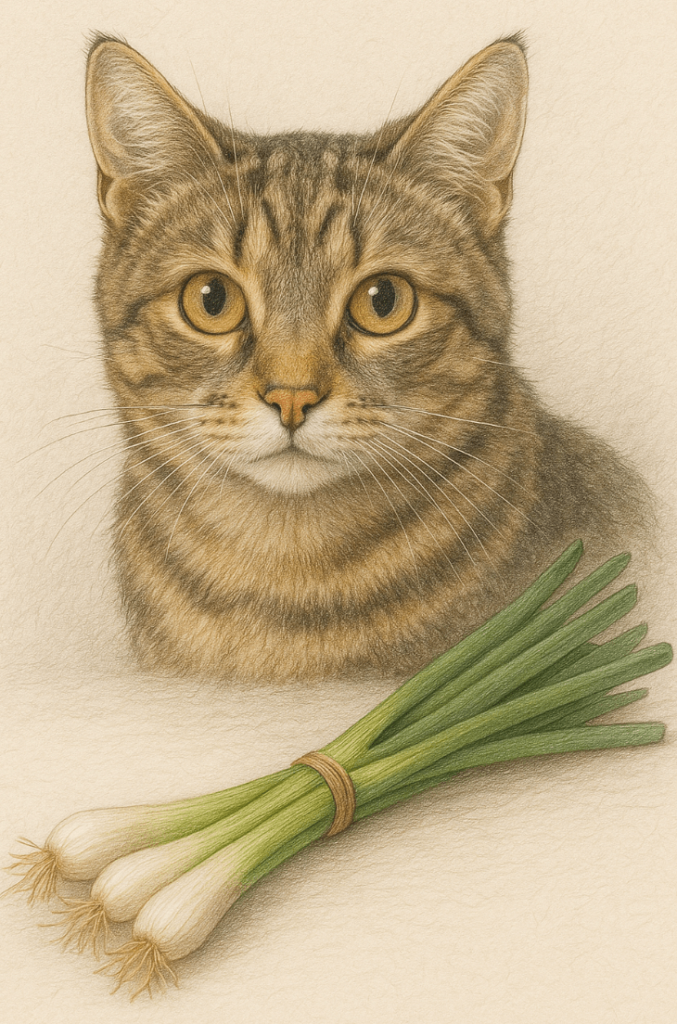
Safe Foods for Cats | Foods Toxic to Cats |
|---|---|
Cooked chicken (plain) | Scallions and other alliums |
Plain pumpkin puree | Onions and garlic |
Blueberries | Grapes and raisins |
Watermelon (seedless) | Chocolate |
Catnip | Alcohol |
What to Do If Your Cat Eats Scallions
Accidents happen, and if your cat consumes scallions, acting quickly can make all the difference. Follow these steps to ensure your cat receives the care they need.
Assess the Situation:
Determine how much scallion your cat ate and observe their behavior closely for signs of distress.Contact Your Veterinarian:
Call your vet immediately to explain the situation and get professional advice tailored to your cat’s needs.Do Not Induce Vomiting Without Guidance:
Attempting to induce vomiting at home can sometimes worsen the situation; always follow your vet’s instructions.Provide Fresh Water:
Ensure your cat has access to clean water to help flush toxins from their system naturally.Monitor Their Condition Closely:
Keep an eye on your cat for any changes in behavior or worsening symptoms, and report them to your vet promptly.
Taking swift action minimizes the risk of complications and ensures your cat stays safe.
Safer Alternatives to Scallions for Cats
If you’re looking to treat your cat to something new, there are plenty of safe and nutritious alternatives to scallions that won’t harm their health.
Cooked Chicken:
Plain, unseasoned cooked chicken is a protein-rich snack that cats love and digest easily.Plain Pumpkin Puree:
This fiber-rich food can aid digestion and is a great option for cats with upset stomachs.Blueberries:
Low in sugar and packed with antioxidants, blueberries make a healthy occasional treat.Cat Grass:
Specially grown grass for cats provides a safe way for them to satisfy their chewing instincts.Freeze-Dried Liver Treats:
These treats are highly palatable and offer essential nutrients without any harmful additives.
These alternatives allow you to spoil your cat while keeping their dietary needs in mind.
Common Misconceptions About Feeding Cats Human Food
Many pet owners unintentionally feed their cats unsafe foods, believing they are harmless. Clearing up these misconceptions helps prevent accidental poisonings.
“A Little Bit Won’t Hurt”:
Even small amounts of toxic foods like scallions can accumulate and cause harm over time.“Cats Can Eat Anything Dogs Can”:
Cats have different dietary needs and sensitivities compared to dogs, making certain foods more dangerous for them.“Herbs Are Always Safe”:
While some herbs are safe, others like scallions, chives, and parsley can be toxic to cats.“It’s Fine If They Only Try It Once”:
Repeated exposure increases the risk of long-term damage, even if initial reactions seem mild.“They’ll Stop Eating If It’s Bad for Them”:
Cats don’t instinctively avoid harmful foods, so it’s up to owners to regulate their diet.
Understanding these truths ensures safer feeding practices for your cat.
Health Considerations for Cats Exposed to Toxic Foods
If your cat has been exposed to scallions or similar foods, certain health considerations must be addressed to prevent further complications.
Immediate Veterinary Care:
Prompt treatment is crucial to mitigate the effects of toxicity and prevent long-term damage.Blood Tests:
Your vet may recommend blood tests to check for anemia or other abnormalities caused by toxin exposure.Hydration Support:
IV fluids may be administered to help flush toxins from your cat’s system and maintain hydration.Dietary Adjustments:
After recovery, your vet may suggest dietary changes to support your cat’s overall health and digestion.Ongoing Monitoring:
Regular check-ups ensure that no lasting effects develop from the ingestion of harmful substances.
Proactive care ensures your cat recovers fully and remains healthy moving forward.
Tips for Preventing Accidental Poisoning in Cats
Preventing exposure to toxic foods like scallions is key to keeping your cat safe and healthy. These tips will help minimize risks around the home.
Store Hazardous Foods Safely:
Keep scallions, onions, garlic, and other toxic foods securely stored away from curious paws.Supervise Snack Time:
Always monitor your cat during meal prep or snack sessions to prevent accidental ingestion.Teach Family Members:
Educate everyone in your household about which foods are safe and unsafe for cats.Use Pet-Proof Trash Cans:
Secure trash cans with lids to prevent scavenging and access to discarded food scraps.Create a Cat-Friendly Garden:
Grow cat-safe plants like catnip or wheatgrass instead of toxic ones like chives or onions.
By implementing these precautions, you create a safer environment for your feline friend.
Frequently Asked Questions About Cats and Scallions
Are scallions toxic to cats?
Yes, scallions contain compounds that can harm a cat’s red blood cells and cause serious health issues.
How much scallion is dangerous for cats?
Even small amounts can be harmful, especially if consumed repeatedly or in combination with other toxic foods like onions.
Can kittens eat scallions?
No, kittens are more vulnerable to toxicity and should never be given scallions or similar foods.
What should I do if my cat eats scallions?
Contact your veterinarian immediately and monitor your cat for symptoms like vomiting, lethargy, or pale gums.
Are chives or leeks safe for cats?
No, chives and leeks belong to the same family as scallions and pose similar risks to cats.
Keeping Your Cat Safe from Toxic Foods
While scallions might seem like a harmless addition to human meals, they are far from safe for our feline companions. By understanding the risks associated with scallions and other toxic foods, you can take proactive steps to protect your cat’s health. Always prioritize their well-being by offering safe, species-appropriate snacks and keeping harmful foods out of reach. Remember, a happy and healthy cat starts with a responsible owner who knows what’s best for their dietary needs.
How to Find a Lost Cat: Best 7 Expert Tips! Discover actionable strategies to locate your missing cat, understand their behavior, and prevent future escapes with expert advice.
Is Dieffenbachia Toxic to Cats? Best 7 Expert Tips! Discover the dangers of Dieffenbachia, symptoms of poisoning, and how to keep your cat safe with expert advice and preventive measures.
Lentigo in Cats: Best 7 Expert Tips! Discover expert advice on understanding, identifying, and managing lentigo in cats to ensure your feline's health and happiness.
Siamese Cat Lifespan: Best 7 Expert Tips! Discover how to maximize your Siamese cat’s longevity with expert advice on health, care, and lifestyle for a happy, thriving feline companion.

